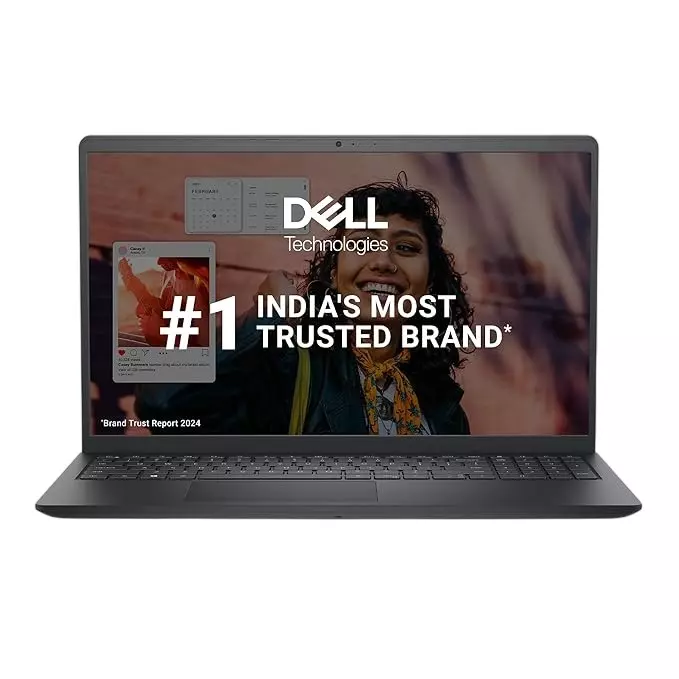Looking to get real value from Microsoft Fabric without the false starts? Microsoft Fabric consulting services help you plan, implement, and scale a unified data and analytics platform—fast. In this guide, we’ll break down what Fabric is, where it fits, what a strong consulting engagement looks like, and how to measure success. You’ll find practical tips, clear next steps, and links to the best resources so you can move with confidence.
What is Microsoft Fabric—and why it matters now
Microsoft Fabric is Microsoft’s end‑to‑end, SaaS analytics platform that brings together data engineering, data integration, data science, real‑time analytics, and Power BI on a single foundation.
Key building blocks:
- OneLake: A single, governed data lake for your organization, built on open formats (Delta/Parquet).
- Lakehouse and Warehouse: Choose lakehouse (Spark/Delta) or SQL‑centric warehousing for different analytics needs.
- Data Factory (pipelines and Dataflows Gen2): Low‑code and code‑first options for ingestion and transformation.
- Power BI and Direct Lake: Business‑ready semantic models and reports with reduced data movement and latency.
- Real‑Time Analytics: KQL databases and event streams for streaming and operational insights.
- Governance and Security: Tight Microsoft Entra ID integration, data lineage, and policies with Microsoft Purview.
- DevOps: Git integration and deployment pipelines for CI/CD across dev/test/prod.
Why leaders prefer Fabric:
- Simpler operations: One platform versus stitching together tools.
- Open by design: Delta Lake with shortcuts to external data stores reduces lock‑in.
- Faster insights: Direct Lake removes heavy duplication and refresh bottlenecks.
- Built-in governance: Consistent security and lineage across the stack.
LSI keywords to consider: OneLake, Lakehouse, Power BI, Data Factory, Synapse, Delta Lake, Direct Lake, Microsoft Purview, data mesh, medallion architecture, CI/CD, governance.
What do Microsoft Fabric consulting services include?
The strongest partners meet you where you are and accelerate value without overspending.
Strategy and roadmap
- Current state review: tools, skills, data domains, governance, and costs.
- Target architecture: domain‑aligned (data mesh), medallion layers (bronze/silver/gold), and semantic model strategy.
- Prioritized use cases: 1–3 “proof‑of‑value” scenarios mapped to business outcomes.
- Adoption plan: enablement for engineering and business teams.
Architecture and implementation
- Ingestion and transformation: pipelines, Dataflows Gen2, or Spark notebooks for scalable ELT.
- Modeling and visualization: star schema, semantic models, DAX, and Direct Lake optimization.
- Real-time scenarios: event ingestion, KQL databases, and alerting.
- DevOps: Git integration, branching strategy, deployment pipelines, and environment promotion.
Governance, security, and compliance
- Workspace and domain strategy with least‑privilege access.
- Row‑level and object‑level security, data sensitivity labels.
- Lineage and cataloging with Microsoft Purview.
- Cost management guardrails and capacity governance.
Enablement and change management
- Hands‑on upskilling: Spark notebooks, DAX, Power BI, and Fabric administration.
- Center of Excellence playbooks and reusable templates.
- Operating model: roles, SLAs, and support processes.
When do you need a Fabric consultant?
Bring in experts if you recognize any of these:
- Multiple data tools with high handoff friction and rising cloud spend.
- Power BI refreshes that take too long or fail frequently.
- Overlapping data lakes and warehouses with unclear ownership.
- Struggling to implement data mesh or medallion patterns.
- Uncertain Fabric licensing (F‑SKU vs existing Premium), capacity sizing, or governance.
- Limited DevOps maturity for analytics (manual deployments, no version control).
A proven approach and realistic timeline
A pragmatic, value‑first plan minimizes risk and proves ROI early.
- Weeks 0–2: Discovery and design
- Confirm priority use cases, SLAs, and data sources.
- Draft target architecture and security model.
- Capacity sizing and licensing recommendations.
- Weeks 3–6: Foundation and first use case
- Stand up OneLake, workspaces, domains, and Purview integration.
- Build ingestion (pipelines/Dataflows Gen2) and Lakehouse medallion layers.
- Create a semantic model and Power BI reports with Direct Lake where feasible.
- Establish Git integration and deployment pipelines.
- Weeks 7–10: Scale and production hardening
- Add orchestration, monitoring, and cost controls.
- Implement RLS/OLS, sensitivity labels, and data quality checks.
- Performance tuning: partitioning, incremental load, model optimizations.
- Weeks 11–12: Enablement and handover
- Documentation, runbooks, and admin training.
- Co-build session for your next domain to ensure repeatability.
Real-world example: A retail team unified inventory and sales data in OneLake, replaced nightly imports with incremental pipelines, and moved to Direct Lake for reporting. Report refreshes dropped from hours to minutes, and planners finally trusted “one version of truth.”
Architecture best practices that pay off
- Design for domains: Use Fabric domains and workspaces to align with business ownership and data mesh.
- Medallion + Delta: Land raw (bronze), refine (silver), curate (gold) in Delta Lake for reliability and performance.
- Prefer Direct Lake for BI: Avoid unnecessary duplication and speed up time‑to‑insight.
- Semantic modeling matters: Star schema, conformed dimensions, and calculation groups help scale analytics.
- Build in governance: Purview lineage, data policies, and sensitivity labels from day one.
- Treat pipelines as code: Use Git integration, PR reviews, and automated deployments.
- Tune for cost and performance: Partition large tables, optimize file sizes, and schedule workloads to avoid peak contention.
- Keep interoperability: Use shortcuts and open formats so Fabric can co‑exist with Databricks, Synapse, or external lakes.
Licensing and cost considerations
- Capacity‑based model: Fabric is primarily licensed via F‑SKU capacities (Azure subscription), which cover Fabric workloads and Power BI.
- Right‑size capacity: Match concurrency and workload mix; separate dev/test/prod for isolation.
- Existing Power BI Premium: Evaluate whether to consolidate into Fabric capacity or maintain P‑SKU based on current commitments and workloads.
- Cost governance: Set workload limits per workspace, monitor utilization, and schedule heavy jobs off‑peak.
- Start lean: Leverage trials and scale up as usage and value prove out.
Tip: A consultant can simulate workload profiles and run pilot tests to estimate the right capacity before you commit.
Microsoft Fabric vs. “roll your own” stacks
- Fabric vs Azure Synapse + DIY: Fabric removes a lot of configuration and integration work, especially for governance, DevOps, and BI. Choose Synapse DIY if you need highly customized PaaS control.
- Fabric + Databricks: Many organizations run Databricks for advanced ML while using Fabric for BI and governance. OneLake shortcuts and open tables make coexistence practical.
- Fabric vs pure Power BI: Fabric adds governed data engineering, data science, real‑time analytics, and OneLake—reducing sprawl and shadow IT.
How to measure success and ROI
Track improvements in:
- Time‑to‑insight: From data arrival to trusted dashboard updates.
- Reliability: Fewer refresh failures, stronger lineage and data quality.
- Adoption: Active users, certified datasets, and self‑service usage.
- Cost efficiency: Capacity utilization and reduced data duplication/storage.
- Governance: Policy coverage, sensitivity labeling, and audit readiness.
FAQs
Q: What is Microsoft Fabric used for?
A: It unifies data engineering, data integration, real‑time analytics, data science, and Power BI on a single SaaS platform with OneLake at the core.
Q: Is Microsoft Fabric replacing Power BI?
A: No. Power BI is part of Fabric. Fabric enhances BI with a governed lakehouse/warehouse, pipelines, and real‑time analytics.
Q: Do I still need a data lake or warehouse with Fabric?
A: Yes—Fabric provides both options. You can build a lakehouse on Delta or a SQL warehouse, depending on your workloads.
Q: How much does Microsoft Fabric cost?
A: Pricing is capacity‑based (F‑SKUs) and varies by size and workload. Start small, monitor utilization, and scale as needed. See Microsoft’s official pricing page linked below.
Q: What does a Microsoft Fabric consultant actually do?
A: They design your target architecture, stand up OneLake and pipelines, model data for BI, implement governance and DevOps, and enable your teams to operate confidently.



